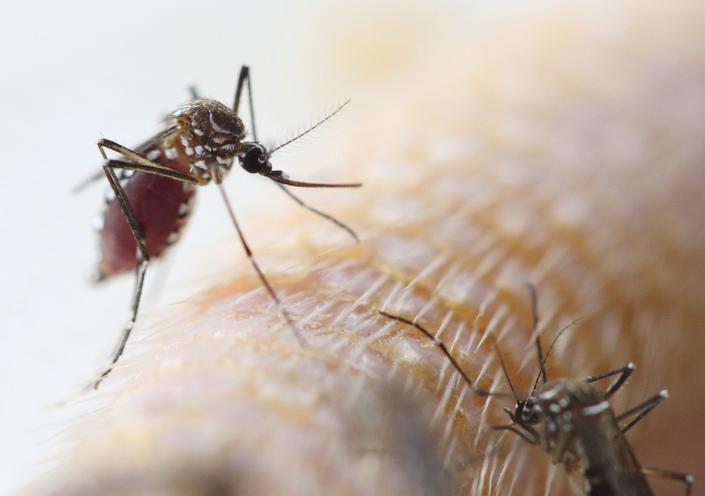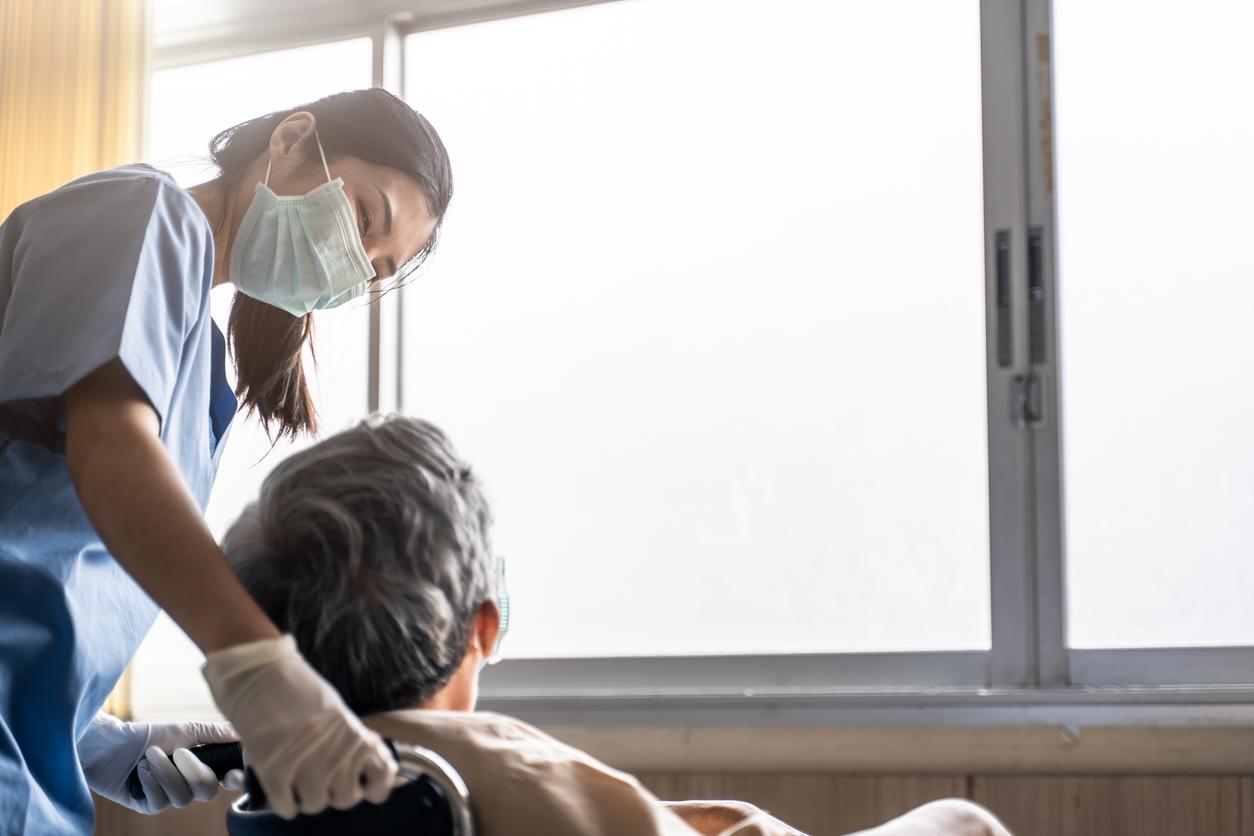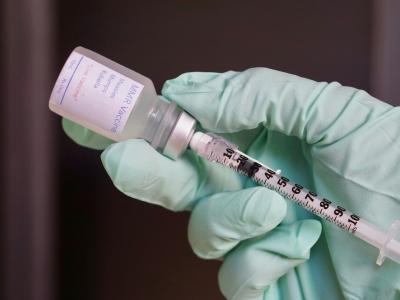
Nearly 30% of cats and dogs belonging to COVID-infected patients in central Texas tested positive for SARS-CoV-2 antibodies, signaling previous infection, from 2020 to 2021, according to a study published yesterday on the preprint server bioRxiv.
A team led by researchers from the Universidade Federal de Vicosa in Brazil and Texas A&M University sampled 579 pets from 281 households with at least one COVID-infected person from June 2020 to May 2021. The study has not yet been peer-reviewed.
"Among all the wild, domestic, and captive animals that can be infected, pets living in households with active human infections… are particularly at-risk because of their prolonged, close proximity and indoor relationships with humans," the authors wrote. "Therefore, it is critical to understand factors associated with higher risk of human-to-pet transmission to protect the health of companion animals."
Cats more vulnerable to infection
Nineteen of 396 dogs (4.8%) and 21 out of 157 cats (13.4%) tested positive for SARS-CoV-2 on reverse transcription-quantitative polymerase chain reaction (RT-qPCR). In addition, 95 of 382 dogs (25%) and 52 of 146 cats (36%) had SARS-CoV-2 neutralizing antibodies. Twenty-six pets of 10 other species tested negative.
Characterizing animal infections using active SARS-CoV-2 surveillance in pets at risk of infection may aid in One Health pandemic prevention, response, and management.
In total, 164 pets (29%) tested positive for SARS-CoV-2 via molecular and/or serologic testing, and 110 (39%) of 281 households had one or more animals with acute or previous infections.
Relative to dogs, cats were more likely to be infected and had higher antibody levels. Viruses isolated from a subset of respiratory swabs revealed six different SARS-CoV-2 strains in dogs and cats, including the B.1.1 lineage in a cat 1 month before the first documented US human case.
Risk factors for human infection included sharing a bed and food and kissing. The frequency of clinical signs reported by owners of animals with acute infections were similar to those with uninfected pets, which the authors said suggests that not all reported signs were caused by COVID-19.
"Characterizing animal infections using active SARS-CoV-2 surveillance in pets at risk of infection may aid in One Health pandemic prevention, response, and management," the researchers concluded.












